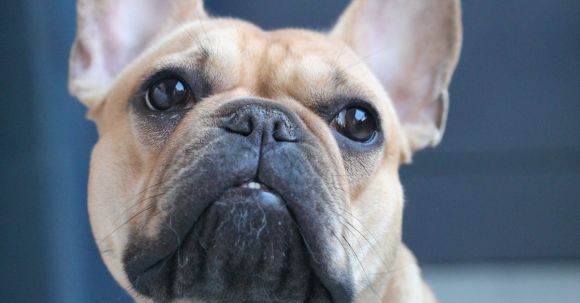The bite of an English Bulldog plays a crucial role in their overall health and well-being. It affects their ability to eat, play, and communicate effectively. Therefore, it is essential for owners and breeders to understand how to determine the correct bite for English Bulldogs. In this article, we will explore the different types of bites, how to evaluate them, and the importance of maintaining a proper bite in these adorable canines.
Understanding the Types of Bites
Before we delve into determining the correct bite for English Bulldogs, it is important to familiarize ourselves with the different types of bites. The two main types of bites are the scissor bite and the level bite.
1. Scissor Bite: A scissor bite is the ideal bite for an English Bulldog. In this bite, the upper incisors slightly overlap the lower incisors, creating a close and precise fit. This alignment allows the dog to chew, bite, and tear food efficiently.
2. Level Bite: A level bite occurs when the incisors of the upper and lower jaws meet edge to edge. While not as desirable as a scissor bite, a level bite is still acceptable in English Bulldogs. However, it is important to note that a level bite may lead to dental problems or difficulty in grasping objects.
Evaluating the Bite
Now that we understand the different types of bites, let’s explore how to evaluate the bite of an English Bulldog. Here are a few steps to follow:
1. Examine the Incisors: Start by gently lifting your Bulldog’s lips and examining the incisors. Look for any misalignment or irregularities. The upper incisors should slightly overlap the lower incisors in a scissor bite or meet edge to edge in a level bite.
2. Observe the Canines: Next, observe the canines. They should be situated between the incisors and premolars, with the upper canines slightly overlapping the lower canines. Ensure that there are no significant gaps or misalignments.
3. Check the Premolars and Molars: Move towards the back of your Bulldog’s mouth and inspect the premolars and molars. They should be aligned properly, with no overcrowding or gaps. The chewing surfaces should be even and show no signs of wear or trauma.
Maintaining a Proper Bite
Once you have determined the correct bite for your English Bulldog, it is important to maintain it to ensure their overall health and comfort. Here are a few tips to help you maintain a proper bite:
1. Regular Dental Care: Proper dental care, including regular brushing and annual dental cleanings, is essential in preventing dental problems that may affect your Bulldog’s bite. Consult with your veterinarian for guidance on the best dental care routine for your furry friend.
2. Appropriate Chew Toys: Provide your Bulldog with appropriate chew toys to help them exercise their jaw muscles and maintain a healthy bite. Avoid toys that are too hard or may cause excessive wear on their teeth.
3. Regular Vet Check-ups: Regular veterinary check-ups are crucial in identifying any changes or abnormalities in your Bulldog’s bite. Your vet can provide guidance on any necessary treatments or interventions to maintain a proper bite.
In Conclusion
Determining the correct bite for English Bulldogs is an important aspect of their overall health and well-being. By understanding the different types of bites, evaluating them, and maintaining a proper bite, you can ensure that your Bulldog leads a happy and healthy life. Remember to consult with your veterinarian for any specific concerns or questions regarding your Bulldog’s bite.





